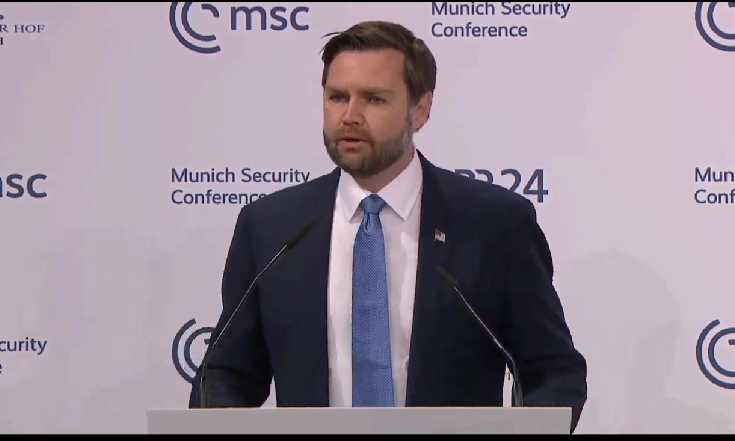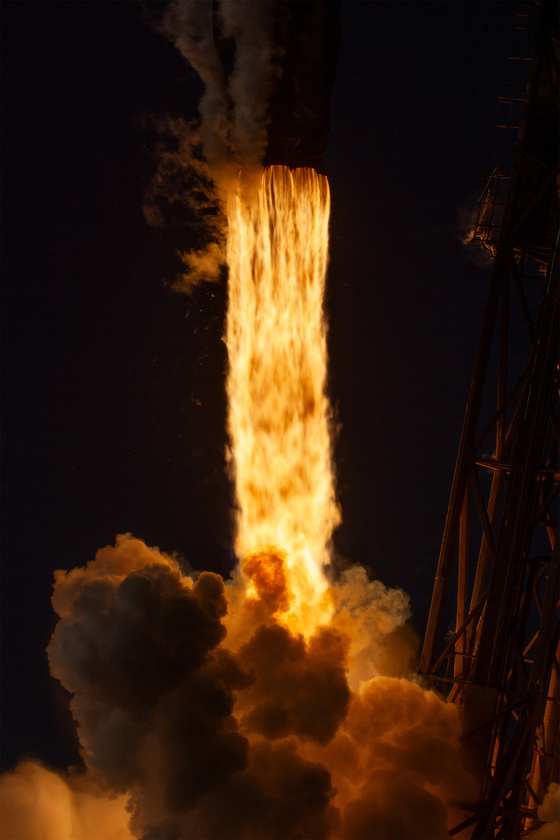US Vice President JD Vance delivered a fiery speech at the Munich Security Conference Thursday, criticizing European leaders for what he sees as a retreat from democratic values, particularly in the areas of free speech and migration.
"The threat that I worry the most about vis-à-vis Europe is not Russia, it's not China. It's not any other external actor," Vance said. "What I worry about is the threat from within the retreat of Europe from some of its most fundamental values, values shared with the United States of America."
Vance called out former European Commissioner Thierry Breton, who said in January that if the right wing German AfD party were to win elections in Germany, the results could go the way of Romania.
"These cavalier statements are shocking to American ears," Vance said.
Romania annulled the results of its December presidential election, because President Klaus Iohannis declassified intelligence reports alleging a Russian influence campaign on social media to the benefit of Calin Georgescu, the dark horse candidate who won the most votes.
"For years we've been told that everything we fund and support is in the name of our shared democratic values," Vance said. "Everything from our Ukraine policy to digital censorship is billed as a defense of democracy. But when we see European courts canceling elections and senior officials threatening to cancel others, we ought to ask whether we're holding ourselves to an appropriately high standard."
He continued, "You can believe it's wrong for Russia to buy social media advertisements to influence your elections. We certainly do. You can condemn it on the world stage, even. But if your democracy can be destroyed with a few hundred thousand dollars of digital advertising from a foreign country, then it wasn't very strong to begin with."
The vice president also called out the organizers of the Munich conference, who he said had "banned lawmakers representing populist parties on both the left and the right from participating in these conversations."
The conference barred the far-right Alternative for Germany (AfD) and the newly formed left-populist Sahra Wagenknecht Alliance (BSW) for what MSC chair Christoph Heusgen described as a rejection of the conference's principle of "peace through dialogue." Heusgen said the tipping point was when lawmakers with the parties walked out of the room as Ukrainian President Volodymyr Zelenskyy was addressing German parliament last June.
"To many of us on the other side of the Atlantic, it looks more and more like old entrenched interests hiding behind ugly Soviet-era words like 'misinformation' and ‘disinformation,’ who simply don't like the idea that somebody with an alternative viewpoint might express a different opinion or, God forbid, vote a different way, or even worse, win an election," Vance said.
Vance said Europe had forgotten the lessons of the Cold War and the Soviet Union's censorship policies. "Within living memory of many of you in this room, the Cold War positioned defenders of democracy against much more tyrannical forces on this continent. And consider the side in that fight that censored dissidents, that closed churches, that canceled elections," he said.
"Unfortunately, when I look at Europe today, it's sometimes not so clear what happened to some of the Cold War's winners," Vance continued. "I look to Brussels, where EU commissars warn citizens that they intend to shut down social media during times of civil unrest the moment they spot what they've judged to be ‘hateful content’ or to this very country where police have carried out raids against citizens suspected of posting anti-feminist comments online as part of ‘combating misogyny on the internet.’"
"Most concerning," according to Vance, is the United Kingdom.
"The backslide away from conscience rights has placed the basic liberties of religious Britons, in particular, in the crosshairs."
Vance recounted Adam Smith Connor, who was found guilty in October of breaching the local government's Public Spaces Protection Order, after he stood outside an abortion facility nearly two years ago with his head bowed in silent prayer.
" I wish I could say that this was a fluke, a one-off, crazy example of a badly written law being enacted against a single person. But no," said Vance.
The vice president's remarks sparked significant backlash from triggered left-wing activists and liberal globalists, with German Defense Minister Boris Pistorius denouncing the comparison of European democracies to authoritarian regimes as "unacceptable."
However the speech was widely praised by many on social media who hailed it as a welcome breathe of fresh air in European politics long stiffled by fascist censorship regime and woke LGBTQ ideology.
Trump also praised the speech, calling it brilliant. "Europe is losing its wonderful right of freedom of speech. I see it."
















